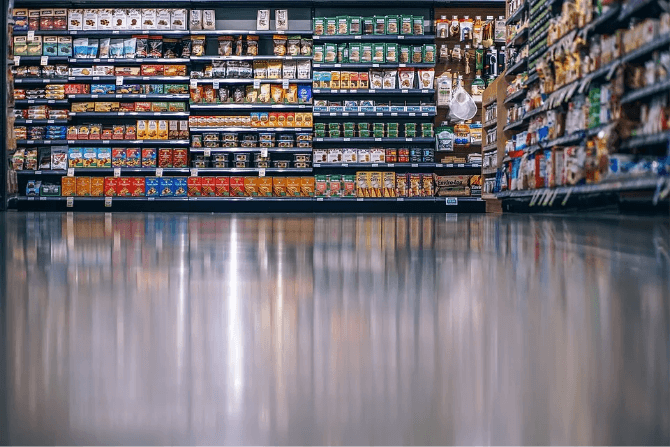Leveraging AI to Enhance Retail Shelf Visibility and Performance

More Blogs

How AI makes the Perfect Shelf possible at Retail

AI-Powered Shelf Visibility: How Snap2Insight Is Transforming Retail Execution

Why 95% of GenAI Projects Fail — and How to Ensure Yours Delivers ROI

How do you drive retail execution excellence by picking the right AI Image Recognition vendor?

Smarter Retail Execution Starts with AI

Planogram Compliance Reinvented with AI

Achieving the Perfect Store with AI and Image Recognition

How Image Recognition is Revolutionizing Retail Execution

5 Proven Strategies to Improve In-Store Execution for Consumer Goods Brands

How AI is Transforming Retail Merchandising for Smarter Execution

Leveraging AI for Enhanced Retail Visibility and Actionable Insights

How AI Transforms CPG Revenue Growth Management: Smarter Insights for Optimized Retail Execution

Planning for the Path Back: Leveraging AI to Redefine Retail Shelf Strategies

Let us show you...
From concept to results for your Brand in 30 days